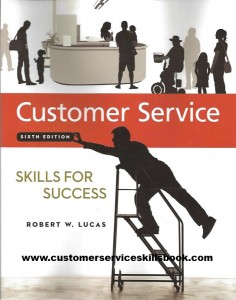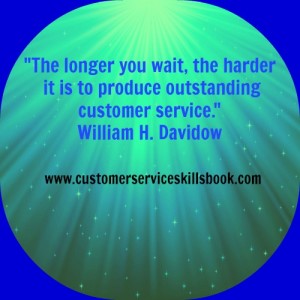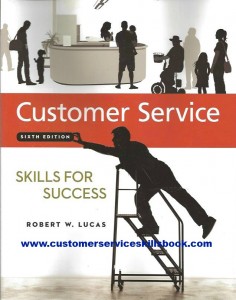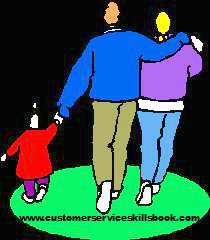Three Negative Nonverbal Messages To Avoid When Serving Customers
Some customer service representatives develop unproductive nonverbal behaviors without even realizing it. These may be nervous habits or mannerisms carried to excess (scratching, pulling an ear, or playing with hair). In a customer service environment, you should try to minimize such actions because they might send a negative or annoying message to your customers. They can also lead to a perception of bad customer service.
An easy way to discover whether you have such behaviors is to ask people who know you well to observe you for a period of time and tell you about anything they observe that could be a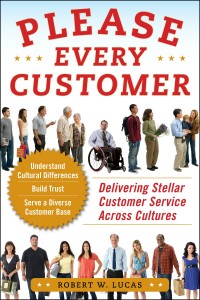 problem. People develop unproductive nonverbal behaviors without even realizing it. These may be nervous habits or mannerisms carried to excess (scratching, pulling an ear, or playing with hair). In a customer service environment, you should try to minimize such actions because they might send a negative or annoying message to your customers. They can also lead to a perception of bad customer service.
problem. People develop unproductive nonverbal behaviors without even realizing it. These may be nervous habits or mannerisms carried to excess (scratching, pulling an ear, or playing with hair). In a customer service environment, you should try to minimize such actions because they might send a negative or annoying message to your customers. They can also lead to a perception of bad customer service.
The following are three common nonverbal communication behaviors that can annoy people and cause customer relationship breakdowns or comments about you and your organization when used with customers.
Pointing a finger or other object at someone
For many people pointing a finger at them is often viewed as a very accusatory mannerism and can lead to anger or violence on the part of your customer. If you must gesture toward a customer or toward an area or item, do so with an open flat hand (palm up) in a casual manner. The result is a less threatening gesture that almost invites comments or feedback because it looks as if you are offering the customer an opportunity to speak. Additionally, this is the appropriate means for pointing towards something in many cultures.
Raising an eyebrow
This mannerism is sometimes called the editorial eyebrow because some television broadcasters raise their eyebrow. With the editorial eyebrow, only one eyebrow arches, usually in response to something that the person has heard. This mannerism often signals skepticism or doubt about what you have heard. It can be viewed as questioning the customer’s honesty.
Peering over the top of eyeglasses
Many people who need glasses to read but not to see for distances may forget that they have on glasses when they are interrupted while reading or using them. As a result, they may speak to others while wearing their glasses sitting low on the end of their nose. This gesture might be associated with a professor, teacher, or someone who is in a position of authority looking down on a student or subordinate. For that reason, customers may not react positively if you peer over your glasses at them. Typical nonverbal messages that this cue might send are displeasure, condescension, scrutiny, or disbelief.
By improving your customer service skills, you enhance your opportunities to deliver excellent customer service. For additional useful customer service tips and information on how to create a customer-centric environment that can lead to enhanced customer relationships, customer satisfaction, and reduced customer attrition, get copies of Customer Service Skills for Success and Please Every Customer: Delivering Stellar Customer Service Across Cultures.


